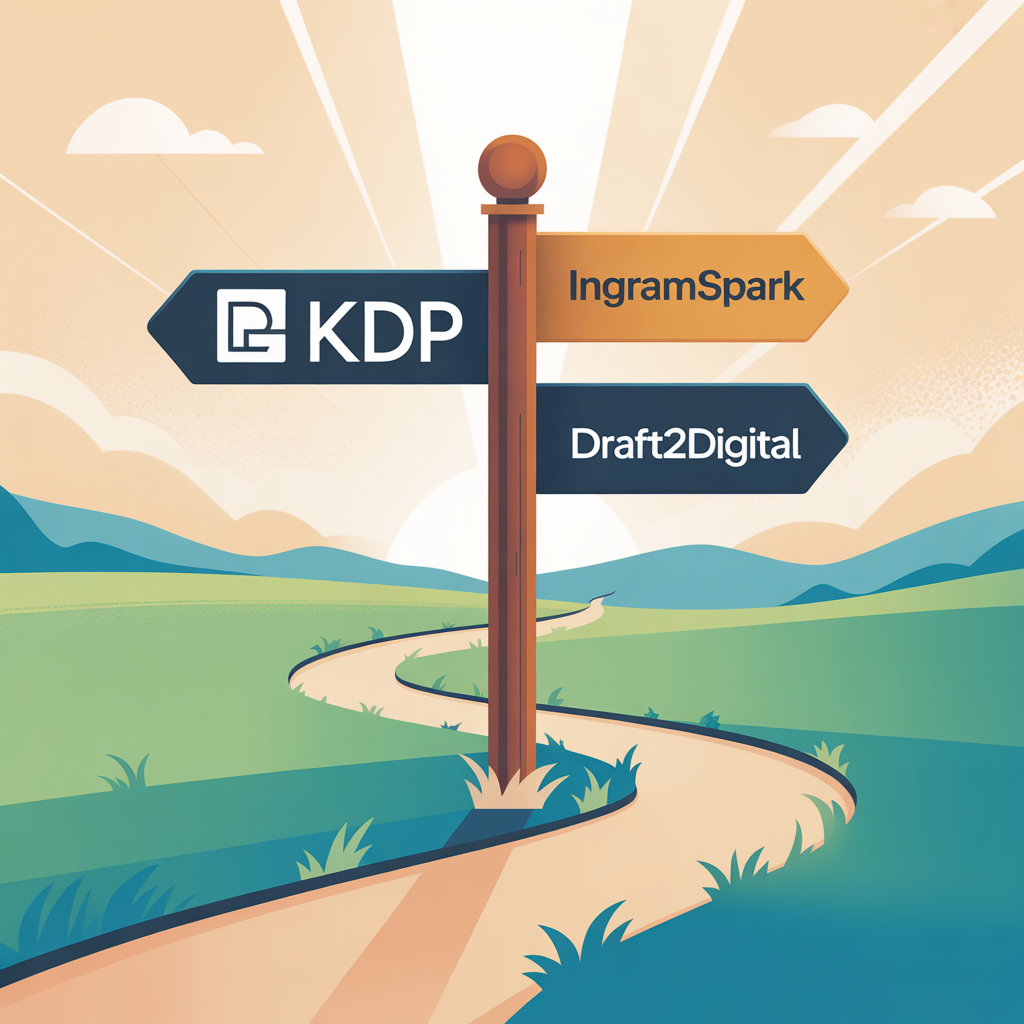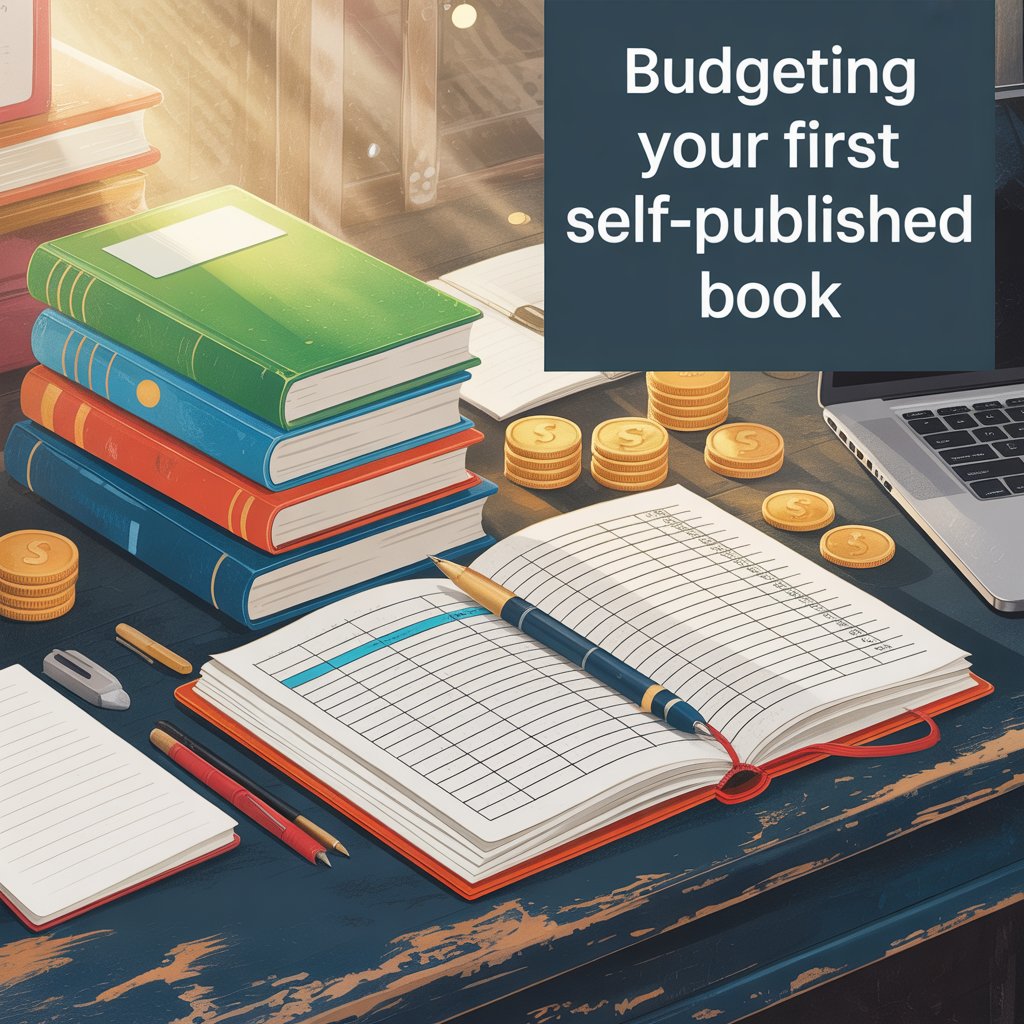How To Write A Book That Sells

So, you want to write a book that actually sells.
Not just a passion project tucked away in a drawer, but a book that reaches readers, resonates with them, and earns its place on their shelves and maybe even bestseller lists.
The truth? Writing a great book is only part of the equation. You also need to understand the market, your audience, and how to position your story for success. In this post, we’ll break down the essential steps from uncovering genre trends to building your author brand, which can help transform your idea into a book readers can’t wait to get their hands on.
Understanding the Literary Market
Empower yourself by delving into the literary market. This is your first step towards writing a book that doesn’t just gather dust on the shelves. It’s about gaining a deep understanding of what your readers crave, what’s hot, and what’s not. This knowledge puts you in control, allowing you to tailor your masterpiece to the current trends.
Keeping an eye on genre trends is like having a secret sauce. Certain themes and styles dominate bestseller lists. Once you’ve identified these trends, you can decide whether to follow the crowd or carve out your own path. Just ensure your plot aligns with what readers are gobbling up.
Bestsellers often share common elements that resonate with a mass audience. By analyzing these lists, you get a front-row seat to understanding what works. Look for themes, styles, and structures that recur frequently, and ask yourself how your narrative can tap into that magic without compromising its originality.
Defining Your Target Audience
Nailing down your target audience is like having a GPS for your writing journey. It’s about getting crystal clear on who your ideal reader is and what motivates them. Crafting reader personas, which are detailed profiles of your ideal readers based on demographics, interests, and behaviors, can help you in this pursuit, providing a vivid snapshot of the kinds of people who will connect with your story.
Understanding your audience’s motivations and preferences puts you in the driver’s seat. What are their day-to-day struggles, such as work-life balance or personal relationships? What kind of stories resonate with them emotionally, like tales of overcoming adversity or finding love? By answering these questions, you tailor your narrative to hit all the right notes, ensuring your book resonates with your readers.
Don’t shy away from gathering honest feedback from real people. Tap into forums, reader groups, or social media platforms to gauge readers’ initial thoughts on planned themes or characters. Their input can be the difference between a good story and a phenomenal one. Taking the time to integrate this feedback into the writing process tremendously enhances the appeal of your work.
Crafting a Compelling Storyline
Crafting a storyline that hooks readers from the first page is an exhilarating challenge. Yet, it’s the heart of any successful book. Your plot should be both unique and gripping, offering something fresh that makes readers eager to turn the page. Let this excitement inspire you as you embark on your writing journey.
Conflict is the engine of your storyline. It drives the narrative, encourages character development, and keeps readers invested. Whether it’s a subtle emotional tension or a full-blown adventure, make sure there are stakes involved. Readers need to care about what happens next, so make every conflict count.
Pacing and flow are crucial elements that cannot be overlooked. Think of your story like a symphony, with crescendos and quiet moments that let the narrative breathe. Balance scenes of intense action with moments of reflection, allowing your readers time to absorb and engage with the story on a deeper level.
Developing Unforgettable Characters
Characters can make or break your story. They’re the heart and soul that elevate your narrative from just words on a page to an immersive experience. When crafting your characters, aim for dynamic and relatable personas that readers will root for, detest, and ultimately remember.
Character arcs are essential—they’re the backbone of character development. Your characters should grow and change throughout the story, keeping your readers invested in their journey. Show their transformation through their actions, decisions, and interactions, making their growth feel organic and earned.
Protagonists are often the stars, but don’t underestimate the power of a well-developed antagonist. A complex antagonist can challenge your protagonist, creating tension that keeps the story engaging and compelling. Balance is key; your characters should feel like they belong in the same universe, each serving a unique role in advancing your plot.
Writing With Authenticity and Authority
Your voice is what separates you from every other writer out there, so let it shine. Writing authentically means drawing on personal experiences and perspectives, adding a layer of depth and realism to your narrative that resonates with readers. This authenticity is not just encouraged, it’s essential to creating a compelling story.
Research is your best friend when you’re writing about unfamiliar topics. It enhances credibility and enriches your story. Dive into books, reputable websites, or even interview experts to gain insights that add realism and authority to your story while maintaining a fresh and engaging voice.
Finding your unique style involves experimenting with different techniques and structures until you discover what feels right for you. Don’t be afraid to break the rules if it serves your story. Your originality is what readers will remember long after they’ve turned the last page.
Mastering the Art of Editing and Feedback
Editing might not be the most glamorous part of writing, but it’s where the magic really happens. Effective self-editing transforms your first draft into a polished masterpiece. Look out for inconsistencies in plot or character and tighten up your language to make every word count.
Don’t underestimate the power of fresh eyes. Beta readers and critique groups provide invaluable perspective, helping you spot things you might have missed. Select individuals from your target audience who can give constructive and honest feedback to refine your story.
A professional editor can bring an expert eye to your work. They catch those elusive errors, enhance narrative flow, and help elevate your work to a publishable standard. Think of it as an investment in your book’s success, adding that final sheen before it meets the world.
Designing a Meticulous Marketing Strategy
A well-thought-out marketing strategy is vital for turning your book into a bestseller. Start by building a robust pre-launch plan to create buzz before your book even hits the shelves. Consider teaser trailers, sneak peeks, and countdowns to keep potential readers intrigued and excited.
Social media is your playground when it comes to marketing. Platforms like Instagram, Twitter, and Facebook allow you to engage directly with readers. Share updates, behind-the-scenes insights, and create interactive content to foster a loyal community eager to support your work.
Your email list can be a powerful tool in your marketing arsenal. Use it to keep in touch with fans, offer exclusive content, and announce special promotions. Personalized communication builds a stronger connection with your audience, encouraging them to share your book with others and broaden your reach.
Navigating the Publishing Landscape
When it comes to publishing your book, the right path depends on your goals and resources. Weighing the pros and cons of traditional versus self-publishing will guide your decision. Traditional publishing offers prestige and access to a vast distribution network. Still, it often comes with less creative control and longer timelines.
Self-publishing gives you complete control over your creative work and allows you to publish on your own schedule. You’ll also manage your own marketing, which can be both a challenge and an opportunity to tailor your strategies to your vision. Platforms like Amazon KDP and Smashwords make this process accessible and straightforward.
Understanding contracts and royalties is crucial in both traditional and self-publishing. Pay close attention to the terms of any agreement and know your rights as an author. This knowledge can mean the difference between a lucrative deal and one that limits your earnings.
Building relationships with literary agents and publishers can open doors to new opportunities. Networking at writing conferences and online communities provides an opportunity to connect with industry professionals who can offer valuable insights and guidance throughout your publishing journey.
Cultivating Reader Loyalty and Building a Brand
Connecting with your audience beyond the pages of your book turns readers into lifelong fans. Organizing book signings, readings, or attending literary festivals are fantastic ways to interact directly and create memorable experiences for your readers.
Leveraging social media for ongoing engagement is key to nurturing your reader community. Hosting Q&A sessions, sharing exclusive content, and actively participating in discussions about your book can help keep your readers invested in your writing journey.
Turning readers into advocates involves letting them become part of your story’s world. Encourage fan art, book reviews, and discussions that allow them to feel connected to your narrative. When readers feel like a part of your story, they become eager ambassadors for your book.
Creating merchandise or serialized content can keep your brand alive in the minds of your readers. Whether it’s exclusive bookmarks, chapter teasers, or themed merchandise, these elements make your book more than just a read—it becomes an experience that stays with them.
Writing a book that sells isn’t about chasing trends or gimmicks. It’s about aligning your passion with strategy. By understanding your market, connecting with your audience, and delivering a compelling, authentic story, you increase your chances of success in today’s competitive publishing world.
The steps outlined here are your roadmap. Now it’s time to take action, trust your voice, and start creating a book that not only gets written but also gets read, shared, and remembered.






